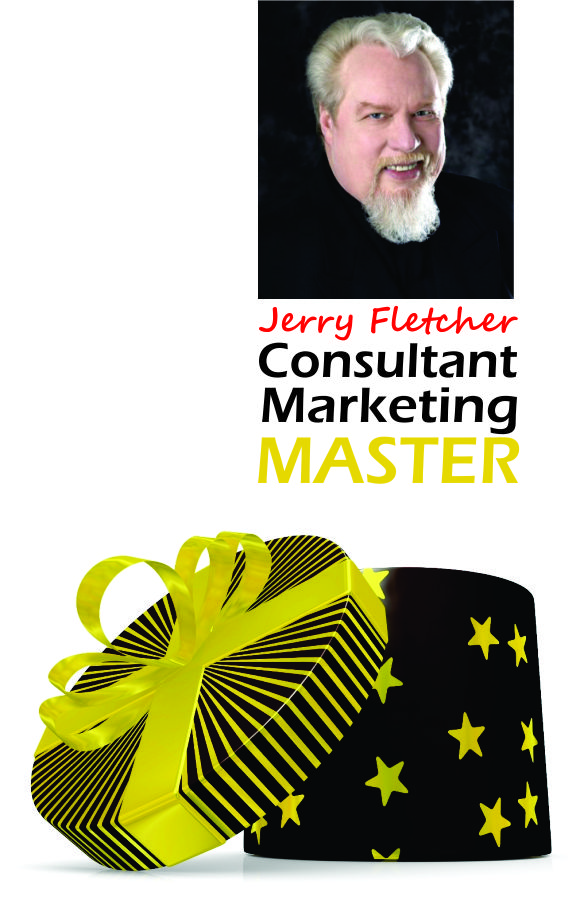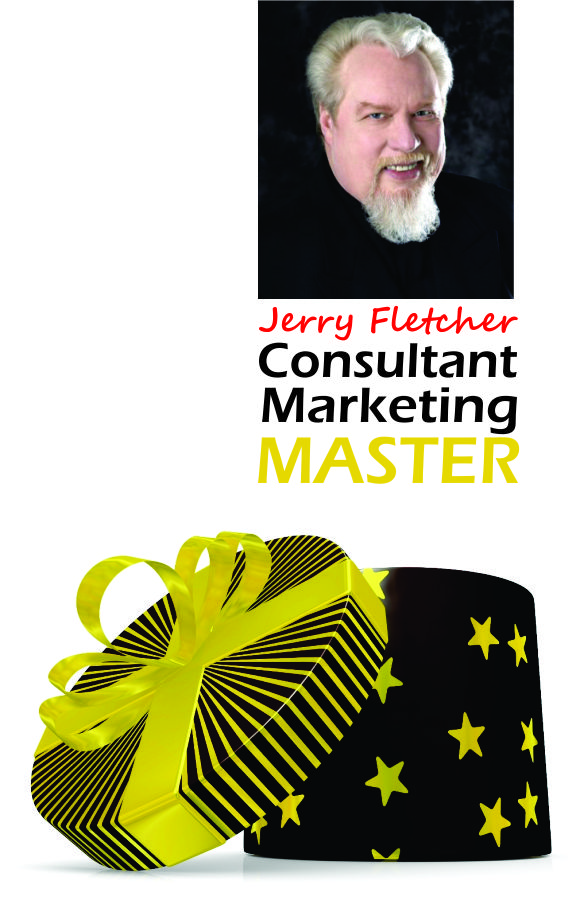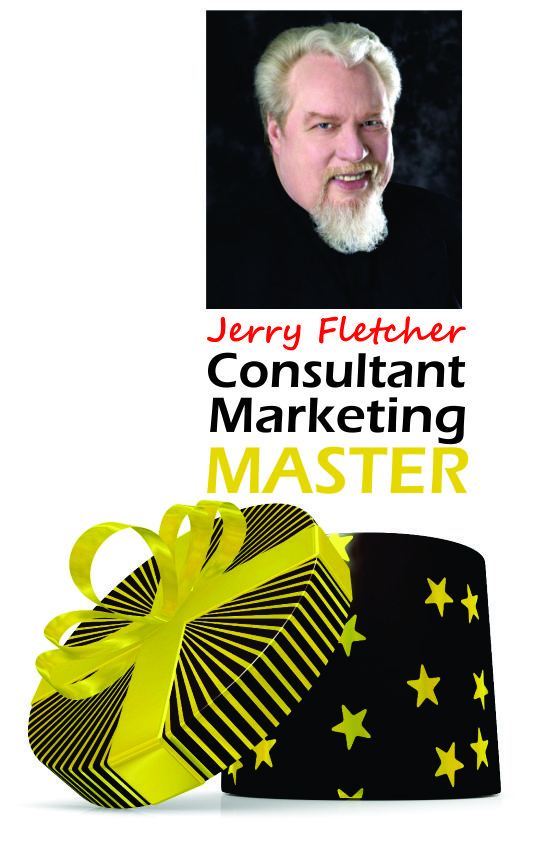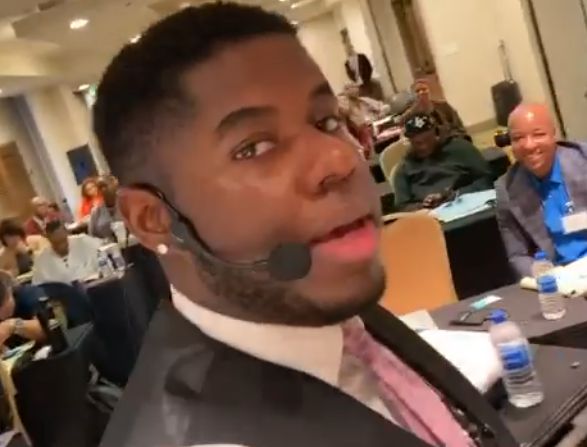
SEO is only part of the equation.
I agreed to sit on a panel after a presentation on SEO the other day.
The presentation was well done if a little lumpy because the presenters were not used to using Zoom.
I learned some things about how SEO works which I’ll put to good use.
But, the most important thing I learned was that key words are worth nothing if the web site doesn’t communicate on a personal level.
The right words.
As the presenters put it, SEO is for the AI (Artificial Intelligence) in the search engines. The words speak to the humans visiting the site. The more personal and to the point the words are the better your chances of getting the visitor to take the action you want them to take.
An example from a consulting web site rewrite:
Before:
These men and women feel they are being reactive rather than proactive and want to exert more analytically supported control over the business. Often, they feel that they are running just to catch up. They are certain that with the right plan in place with assurance the have right managers on the job they will be able to handle any crisis.
After:
Do you often feel that you are running just to catch up? Tired of being reactive rather than proactive? Want to exert more insight driven control over your business?
Our clients are certain that with the right plan in place and the right managers on the job they can handle any crisis.
The Before is talking about someone. The After talks to someone. Questions move this to a conversation instead of a description. Notice the increase in connection and the impression of a personal exchange in the After.
Empathy counts
Shifting the “Running to catch up” to the first position says to the busy executives you are addressing that you understand the situation they are confronted with daily. Too often, CEOs and other senior officers must concentrate on finding a fix for what is going wrong rather than concentrating on getting things right for the long term. The sentence beginning, “Tired of being reactive…” standing alone reemphasizes the empathy and clicks into their desires. “Insight driven control” suggests an attainable way to reach the better management goal.
Graphic cues
Separating the last sentence provides a visual cue that there is a change in the discussion. That is accentuated by opening the sentence with the words, “Our clients.”
Typography offers multiple ways help our minds picture the conversation:
- Bolds
- Italics
- Underlines
Strike throughs- Initial Caps
- Punctuation
- Bullets
- Copy Centered
- Copy Left
- Copy Right
- Copy Justified
- Numbered lists
- Indents
We are a graphically oriented bunch. I’ve been told that spelling, so difficult for many, is visually oriented rather than verbal. So, instead of sounding out words it may pay greater dividends to eyeball them out!
Page or Screen
These graphic elements work in print and on your computer screen. You can do so much with words that some e-mail experts in Business to Business (B2B) situations prefer all text to templates full of color and photos and illustrations. But in the Business to Consumer (B2C) world the colorful piece in print or digital form wins the day.
Strangely enough when you follow-up with print matter after an initial digital presentation the preference is contrary. In B2B color brochures are preferred whereas In B2C one or 2 colors is well accepted for transmittal.
Video
Recently I was reviewing some web sites and one had a video that was silent. I thought my computer sound had crashed. A couple minutes in I understood what the video was about. The silence had become a hook, a way to intrigue me. It was a kind of sound punctuation. It made me remember the site well after I had any use for the service offered.
Video literally grabs your eyeballs but without words to go with it the story may not come through. Words supered on screen can make a powerful point . Music can enhance it all.
But without the words in the voice over and those imprinted on the image you have a failure to communicate and there goes your identity.
And so it goes.

Jerry Fletcher is a sought-after International Speaker, a beBee ambassador, founder and CEO of Z-axis Marketing, Inc.
His consulting practice, founded in 1990, is known for on and off-line Trust-based Consultant Marketing advice that builds businesses, brands and lives of joy.
Consulting: www.JerryFletcher.com
Speaking: www.NetworkingNinja.com













